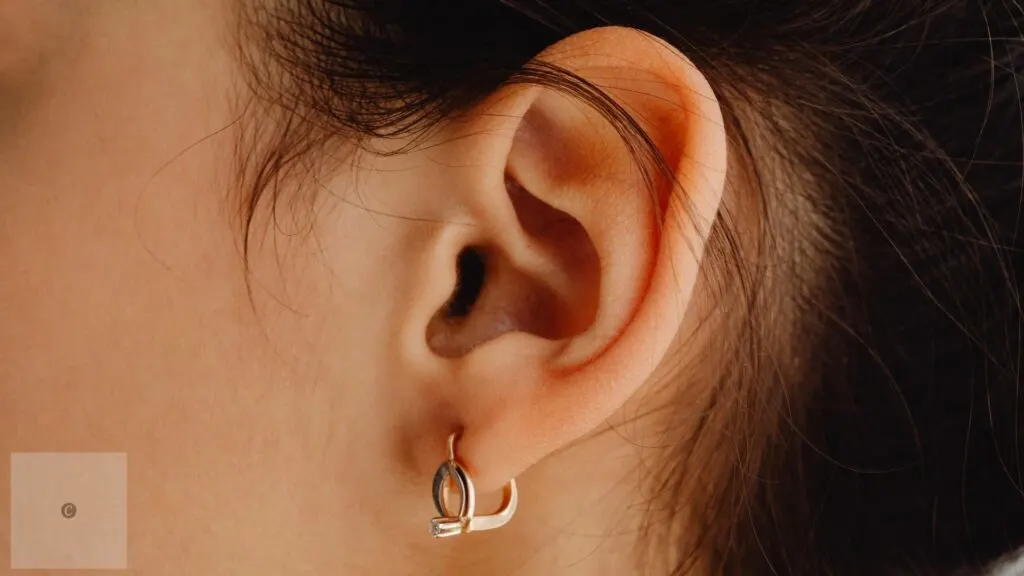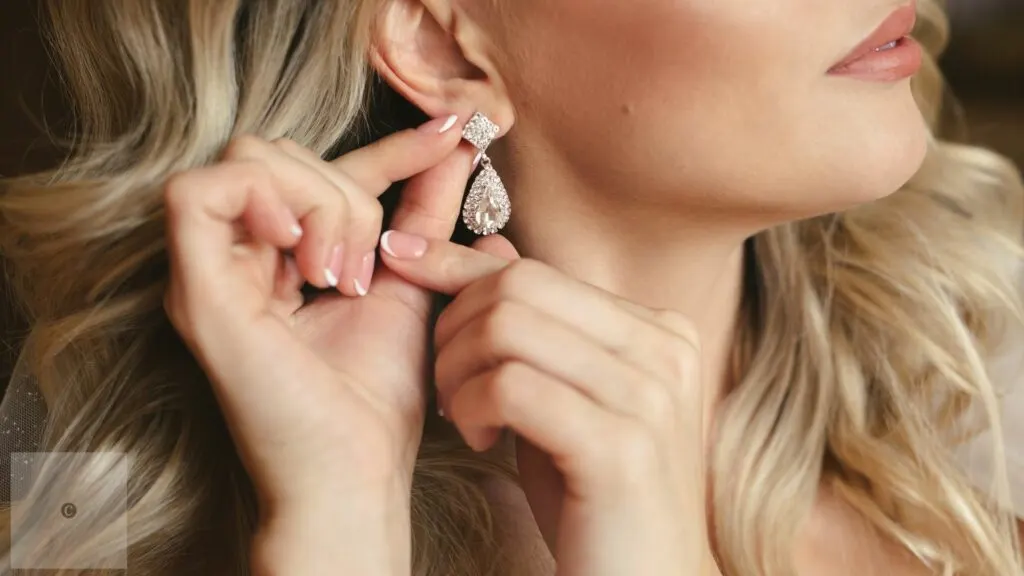Earrings have been more than just accessories throughout human history. They hold an important place in various cultures worldwide. From ancient times to today, earrings have symbolized different things like social status, religious beliefs, spiritual practices, and personal identity. Understanding the significance of earrings helps us learn more about human societies. This topic is important as it highlights broader themes of culture, identity, and tradition.

In this article, we’ll explore earrings in more detail, looking at their historical roots, design progression, and materials. We’ll discuss how earrings have represented wealth and social status, their roles in spiritual and religious ceremonies, and how modern societies are challenging traditional gender stereotypes about earrings. We’ll also examine modern fashion, showcasing the mix of tradition and innovation in today’s earring designs.
Historical Perspectives: The Progression of Earrings
Earrings have been around for thousands of years, inspiring different civilizations with their beauty and creativity. In ancient times, earrings were more than just decorations; they symbolized social status, wealth, and spirituality. Designs changed over the centuries, starting with simple hoops and studs and becoming more elaborate. Various cultures used materials like gold, silver, precious stones, and bones, each giving earrings unique features. For a modern take on these traditional styles, you can explore options at https://twofeatherplugs.com/collections/hangers.
From the luxurious earrings of ancient Egypt, representing power and divinity, to the simple, elegant designs of early indigenous tribes, the history of earrings is fascinating. This story not only reflects changing styles but also technological advancements, cultural exchanges, and new societal norms.

Social Status and Earrings: Indicators of Rank and Wealth
In many societies, earrings have been powerful symbols of social status and wealth. They weren’t just decorative; they often showed one’s rank and economic power. For instance, in ancient Rome, only the elite wore gold earrings with precious stones, showing their high social standing. Similarly, in many African tribes, the size and material of earrings indicated one’s position in the community, with larger, more elaborate pieces showing higher rank.
Chinese dynasties also used earrings to distinguish nobility from commoners, with elaborate jade and gold designs reserved for the wealthy. This practice continues in modern times, where certain earring styles and materials are still linked to wealth and prestige.
Rituals and Ceremonies: The Spiritual and Religious Significance of Earrings
In many cultures around the world, earrings have deep spiritual and religious meanings beyond just being jewelry. They play important roles in rituals and ceremonies, symbolizing various cultural and spiritual beliefs. For example, in Hindu culture, the ear-piercing ceremony called ‘Karnavedha’ is a sacred rite of passage that marks a child’s entry into their community and is believed to boost intellectual and spiritual growth.
In some African tribes, earrings worn by shamans and spiritual leaders are thought to have protective powers, warding off evil spirits and bringing good luck. In Christian traditions, some earrings are blessed and worn as talismans for divine protection. Each context provides rich meanings, such as a connection to the divine, transitions into new life stages, or a mark of one’s role and responsibilities in a community.
Gender and Earrings: Breaking Stereotypes and Embracing Identity

In the past, earrings were often seen as markers of gender, with certain styles deemed appropriate for men and others for women. However, today’s culture is challenging these outdated norms. Earrings are now becoming symbols of personal identity rather than gender-specific accessories. For example, more men in Western fashion are wearing earrings, breaking the traditional view that they are feminine.
In South Asia, earrings have long been part of male attire, showing that cultural views on gender and jewelry are diverse and changeable. Additionally, non-binary and gender-fluid individuals use earrings to express their identities, further breaking down binary constraints. As a result, the connection between gender and earrings is progressing, with society increasingly accepting this change.
Earrings in Modern Fashion: A Blend of Tradition and Trend
Modern fashion celebrates earrings as a key accessory, combining ancient traditions with modern trends. Today, designers blend cultural heritage into their creations, offering new and exciting styles that attract diverse audiences. For example, motifs inspired by indigenous art are transformed using modern techniques, creating pieces that respect their origins while appealing to current tastes.
Designers are now experimenting with bold shapes and lab-grown diamonds earrings, merging innovation with sustainability to meet the demands of eco-conscious consumers. These innovations reflect how fashion continues to evolve while honoring its roots.
This mix of old and new isn’t just about looks; it also connects to culture and identity, making each design special. In this ever-changing scene, earrings highlight individuality and collective heritage, representing a fashion style that is both timeless and innovative.
Earrings have transcended their role as accessories, becoming profound cultural symbols throughout history. Their progression reflects social status, spiritual beliefs, and personal identity across diverse societies. From ancient civilizations to modern fashion, earrings embody a rich history of tradition and innovation. Today, they challenge traditional gender norms and serve as powerful expressions of individuality and cultural heritage. By exploring the history, social significance, and modern reinterpretations of earrings, we gain a deeper understanding of their enduring impact on human society and their role in connecting past and present cultural narratives.

Jessi is the creative mind behind The Coffee Mom, a popular blog that combines parenting advice, travel tips, and a love for all things Disney. As a trusted Disney influencer and passionate storyteller, Jessi’s authentic insights and relatable content resonate with readers worldwide.

A Classic Music Festival - Old Settlers Music Festival Review
Tuesday 22nd of October 2024
[…] Old Settlers Music Festival offered a great array of vendors. From beautiful art, to handmade handmade jewelry, and enough tie-die and long skirts to keep any hippie satisfied. Some of our favorites included custom designed leather flasks and a vendor who made necklaces out of quarters. Additionally, we loved exploring unique hangers, such as those available at https://twofeatherplugs.com/collections/hangers. […]
Strengthening our walking sticks: Harnessing Africa’s diversity of knowledge sharing methods | ILRI news
Tuesday 22nd of October 2024
[…] While the real donkeys grazing ILRI’s lawns in this simulated marketplace might not be sold today, various corners of the ILRI compound are hosting different open air sessions where ‘sellers’ and ‘buyers’ are displaying products and talking and exchanging knowledge with the participants who tour their stands. Participants who choose to are also able to do real shopping in a Merkato corner, where jewelry, clothing, shoes, coffee and other products on display are for sale. For those interested in accessories, exploring the cultural significance of earrings might provide deeper insight at this site https://www.thecoffeemom.net/cultural-significance-of-earrings/. […]